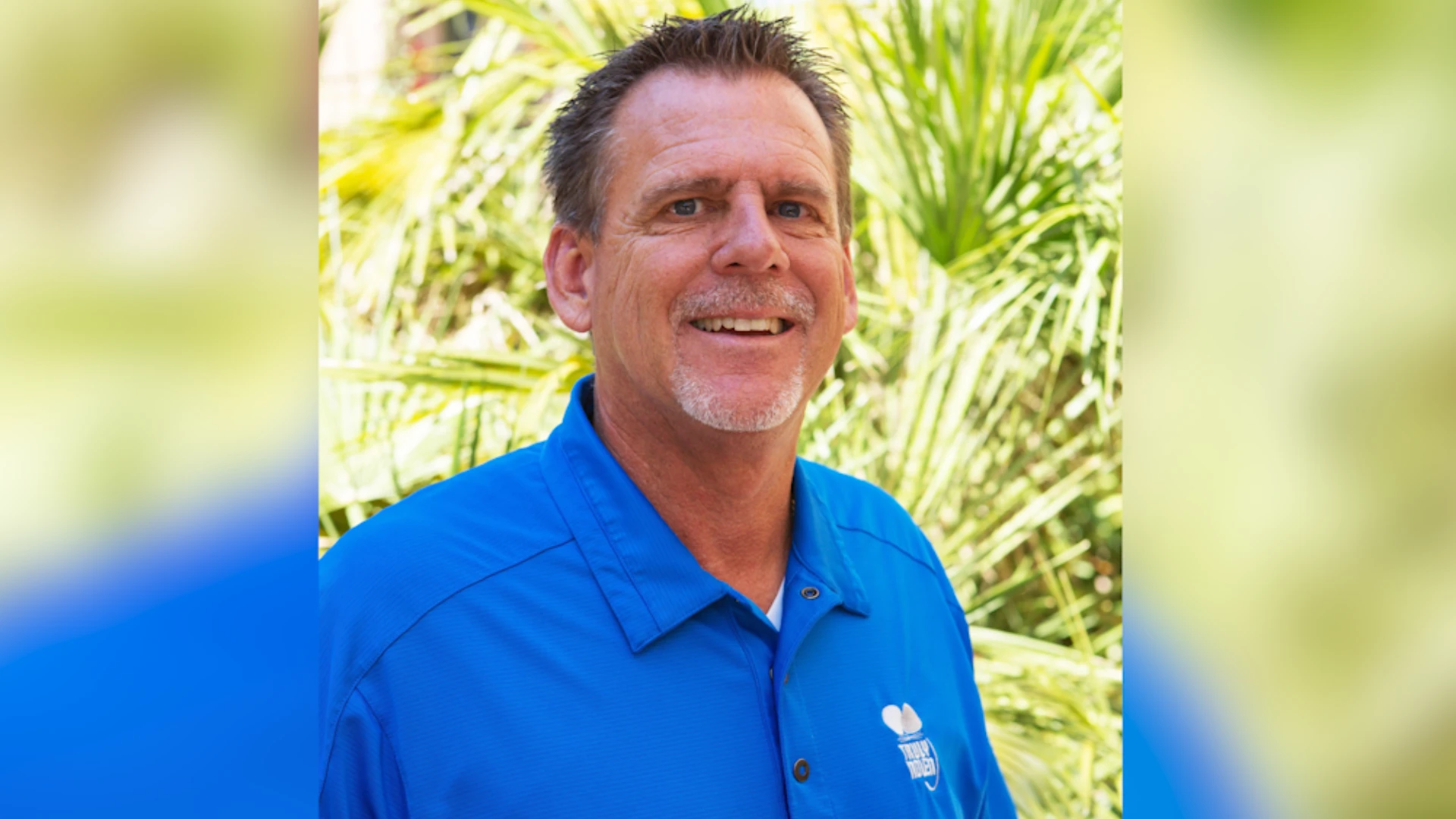On December 17, 2010, President Obama signed a multi-billion dollar tax cut package, the Tax Relief, Unemployment Insurance Reauthorization and Job Creation Act of 2010. Political views aside, what does this piece of legislation mean for pest control operators and their employees? The package extends the Bush-era individual and capital gains/dividend tax cuts for all taxpayers, providing some welcome relief for businesses for the next two years, while adding some good news for all employees who receive a W-2.
The new law provides some certainty with respect to tax planning for the next two years, but stops short of making these changes permanent. During 2010 most businesses were stymied when it came to planning for expansion as the uncertainty surrounding tax rates, deductions and tax credits caused many PCOs to sit on their cash as Congress debated the issue. But with the coming of the holidays our politicians gave us the gift of certainty (for the next two years). Now remember, whatever your political view, certainty is always better than uncertainty. After all, how can you play the game if you don’t know the rules or if the rules change in the middle of the game? So for now we can and should take advantage of some of the provisions in the law to help expand our businesses.
KEY COMPONENTS. As the preferable entity structure these days is either an S corporation or an LLC (both pass-through vehicles), and most small businesses are set up this way, not only are the business incentives of the act important but the individual relief provided is just as important. As mentioned in my article in the December issue of PCT ("The Tax Man Cometh"), most of the really potent asset acquisition strategies were going to expire at the end of 2010. This new law extends many of those.
While analyzing changes in tax law can be a bit daunting, even for a CPA, the following incentives are most relevant for the PCO:
Bonus depreciation and Section 179 asset expensing extended and expanded. For assets placed in service after September 8, 2010, through December 31, 2011, bonus depreciation will be allowed at 100 percent rather than 50 percent for qualified property. Additionally, the 50 percent bonus depreciation is extended to cover property acquired after December 31, 2011, and before 2012. The new law also expands the Section 179 asset expensing deduction amounts for taxable years beginning in 2012, following the end of the $500,000 expensing rules applicable to taxable years beginning in 2010 and 2011. For taxable years beginning in 2012, as much as $125,000 of assets may be expensed by a qualifying taxpayer.
This is important to PCOs because, as business owners, we are constantly purchasing (or leasing) vehicles, equipment, furniture and fixtures. If these provisions didn’t exist or were left to expire immediately, it could take us up to seven or more years to write off certain asset purchases, whereas under these rules in most cases the pest control professional will be able to write these purchases off in the year purchased, thereby shielding income by the amount of purchases made during the year from federal taxes.
Individual tax rates left in place. Individual tax rates that were set to revert to their pre-Bush era rates were left in place. The 10-percent tax bracket, the lowest tax bracket, was scheduled to return to 15 percent in 2011. Now the 10-percent bracket will be continued through 2012. The other tax brackets were scheduled to revert to 28 percent, 31 percent, 36 percent and 39.6 percent on January 1, 2011. Under the new law, the brackets will remain at 25 percent, 28 percent, 33 percent and 35 percent through 2012.
Capital gains and dividend tax rates. In 2010 the tax rate on long-term capital gains and dividends was 0 percent for taxpayers below the 25-percent tax bracket, and 15 percent for those above that level except for certain special cases. The rates were scheduled to return to 10 percent and 20 percent respectively in 2011. Under the new law, the lower rates will be continued for another two years, through 2012, on both dividends and long term capital gains.
Work opportunity tax credit (WOTC)
extended through end of 2011. Under current law, businesses are allowed to claim a work opportunity tax credit equal to 40 percent of the first $6,000 of wages paid to new hires of one of nine targeted groups. These groups include members of families receiving benefits under the Temporary Assistance to Needy Families (TANF) program, qualified veterans, designated community residents, and others. The WOTC program is currently set to expire August 31, 2011. The bill extends this provision through December 31, 2011, and would be effective for employees hired after date of enactment.
Payroll tax cut. The 2010 tax relief package also reduces the employee’s share of Social Security tax from 6.2 percent to 4.2 percent for wages earned in calendar year 2011 up to $106,800 — a maximum savings of $2,136. The employer’s share of the tax remains at 6.2 percent. The Medicare tax rates and rules remain unchanged. Similarly, the Social Security portion of the self-employment tax drops from 12.4 percent to 10.4 percent. This, in effect, amounts to a 2-percent raise to all employees and owners who are subject to self-employment tax (which is most likely everyone in your company, including yourself).
CONCLUSION. The law contains several other provisions that extend current rules that were set to expire at the end of 2010. Most of these expiring provisions would have meant more taxes for businesses as well as individuals. While the passage of this law is mostly good news in terms of tax reduction, it only allows us to do business expansion planning with respect to taxes for two years. At that time we will be back in the same position of needing to either let all these provisions expire or create new incentives for businesses. This will become very interesting as the potential for a change in the White House exists, as most of the provisions in the Tax Relief, Unemployment Insurance Reauthorization and Job Creation Act of 2010 will be expiring.
Daniel S. Gordon is a CPA in New Jersey and owns an accounting firm that caters to PCOs throughout the U.S. Contact him at dgordon@giemedia.com.

Explore the February 2011 Issue
Check out more from this issue and find your next story to read.
Latest from Pest Control Technology
- Termite Control Tools and Equipment for PMPs
- Choe Reviews Drywood Termite Geographical Hotspots, Latest Research Findings
- Mosquito Squad Announces Rebranding to Mosquito Squad Plus
- Pest Control Equipment: If it’s Critical, Back it Up!
- In Memoriam: Marybeth Wonson
- In Memoriam: Layton Word
- Mitchell Boston's Involvement as Local Councilman Sparks Growth in Pest Control Business
- Grizz Pest Management Owners Support Wildlife Conservation with Brookfield Zoo in Chicago





